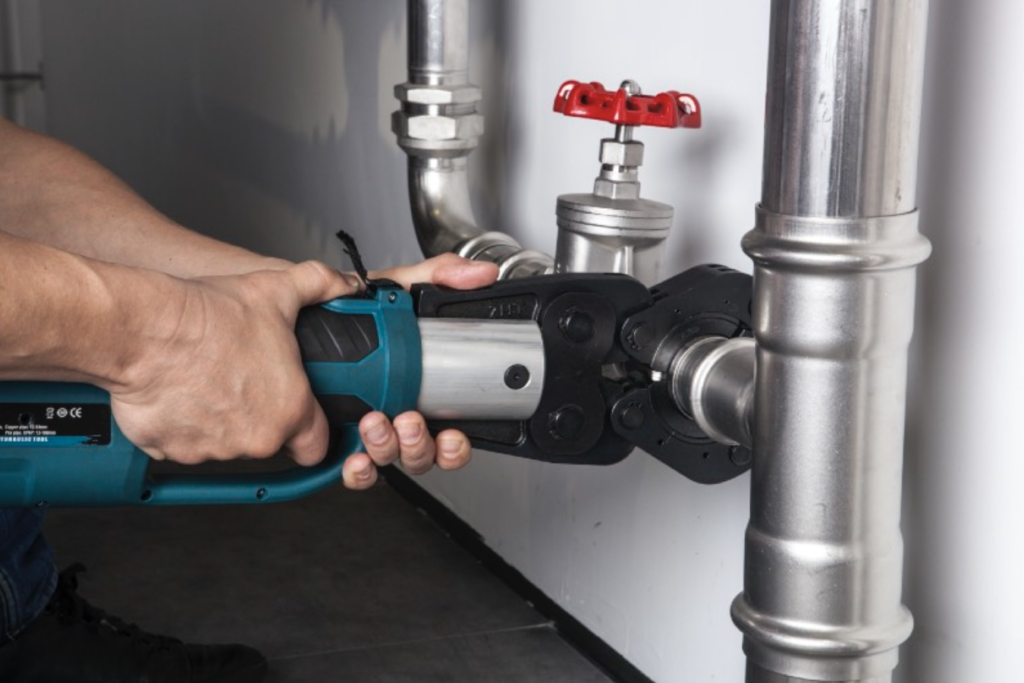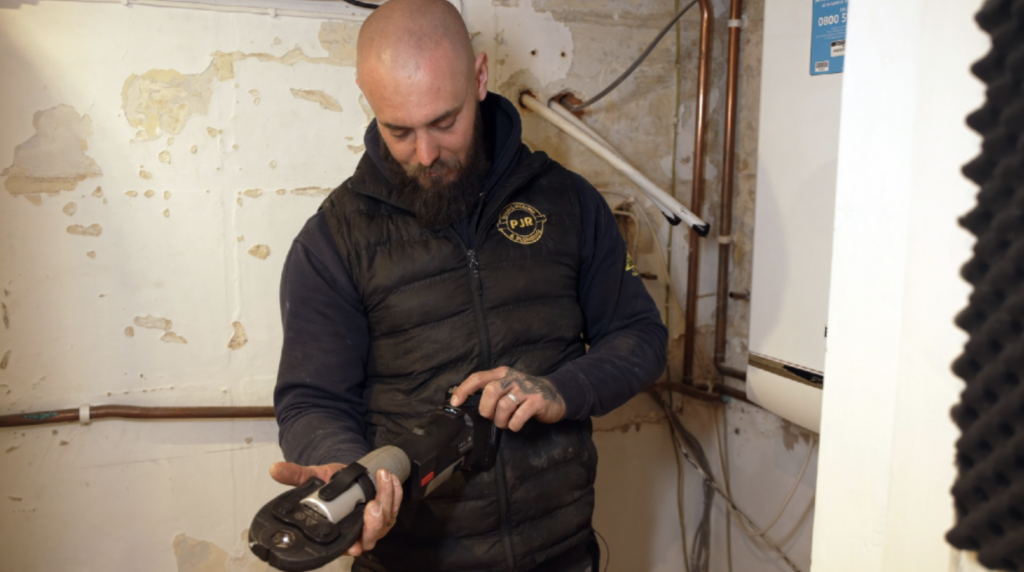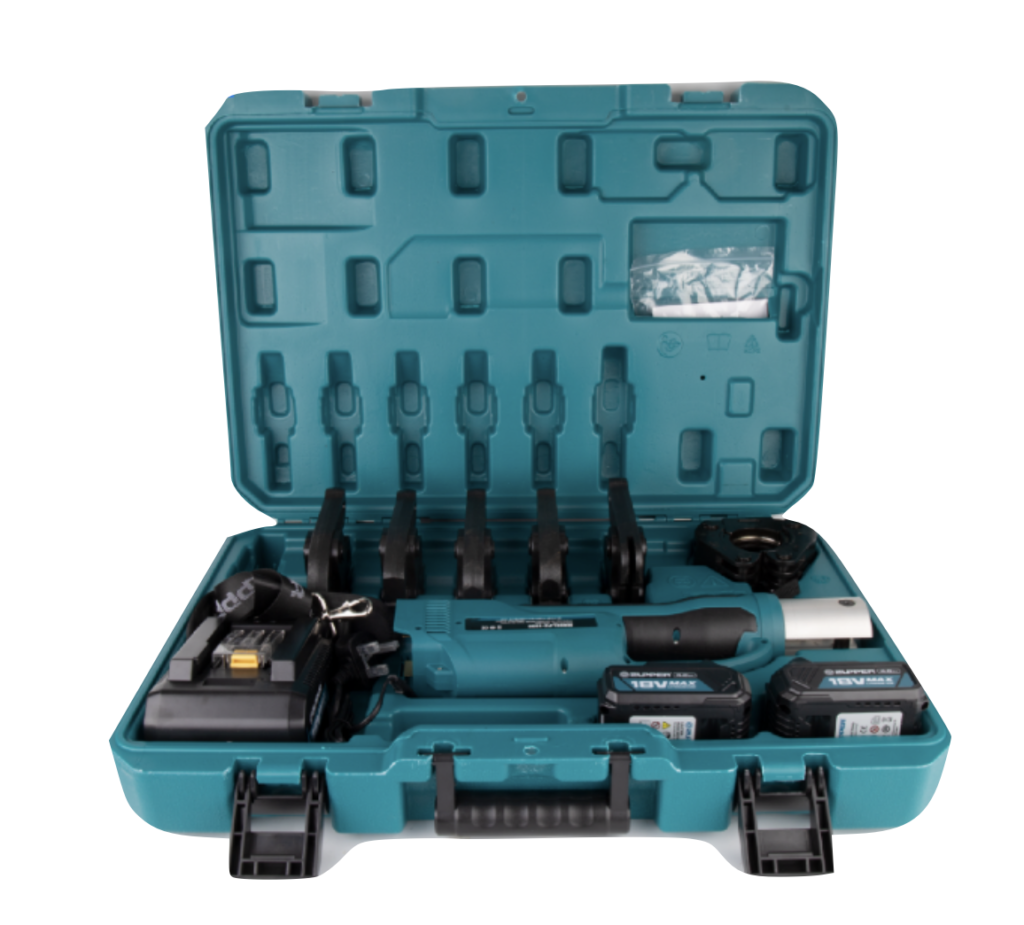
The use of press piping solutions, m-profile press-fit specifically, has grown extensively over the last few years. Press-fit has actually been around for many years but in recent times its use has increased exponentially. This increase could be attributed to various things that have changed within the plumbing, heating and HVAC industry and this blog will aim to explore the reasons why and what effect price has had on the decision to use m-profile press. The plumbing, heating and air conditioning market in the UK accounts for £15 billion of revenue, employs 130,000 people and has over 35,000 businesses. This plumbing, heating and ventilation industry is very set in its ways on what materials to use and how to install plumbing piping systems. Over the last few years the industry has changed due to a number of key infrastructure disasters and the call for more accountability impacting the industry. There is also the increased demand for sustainability and the welfare of people and the environment. The changes to workers rights and health and safety aspects of completing any job has been under scrutiny for some time.
With all of these pressures the adoption of a cleaner more accountable piping system, like m-profile press systems have become apparent as press-fit achieves a lot of these new requirements. The traceability of products has also become an important factor in choosing and specifying materials. The ‘no hot works’ onsite demands have also added in the choice for a lot of professional plumbing, heating and HVAC installers as it reduces liability insurance and is better for their health. There is also the dirt, debris and effect of solder and flux, both corrosive to the skin, that has become an important consideration. In contrast plastic pipe systems have seen a huge increase in use but plastic is flammable and unsightly when on show, in addition it has been challenged with regard to its integrity. It is a fast and flexible piping solution but has limitations on heating and gas applications.
Benefits of m-profile press piping systems
- No toxic fumes
- No heat and flames
- No contamination to pipelines
- Robust product with certifications
- Safer and cleaner technology
- Less call-backs

So are m-profile press fittings and pipe more expensive? The answer is probably not when the above factors are considered. The use of copper-end feed or solder-ring fittings are only possible with the addition of flux and solder and a blow torch with MAPP or Propane gas. These consumables add up and although the fittings are more competitive there is the ongoing costs in purchasing and detrimental effects on the user. The use of metal fittings and pipe is more fire retardant than plastic and some would argue that it is long-lasting, more robust, neater and less likely to leak due to impact or movement. The m-profile press fittings are generally heavier in weight and WRAS approved. When using a fitting approved for gas, these need to be certified to EN 1254-7 2021, as the o-ring has to be HNBR. The copper tube that is used with m-profile press fittings also has to be kite-marked approved to BS EN1057. These stipulations mean that copper press-fit pipe and fittings are more accountable, less likely to fail due to poor manufacturing and there is a
reduced risk of contamination.
To recap there is an upfront investment in a m-profile press tool, for instance the Z-Press by Zupper hydraulic battery operated press tool, that comes with all of the batteries, jaws and charger, and a two year warranty if registered. This investment allows the user to start immediately on m-profile press installations, without the ongoing costs of consumables. In addition there will be a lower rate of call-backs and joint failures due to the press action that always makes a positive closure of the joint. The other benefits are in ongoing insurance, liability and training costs, which with m-profile press piping systems are minimal. The m-profile press fit piping system is becoming the go-to pipe system for installations in gas, water and central heating in domestic and commercial application. These applications are being installed by professional gas engineers, heating engineers, M&E contractors and underfloor heating contractors.
In summary
Based on the information, it appears that while there may be an initial investment required for tools such as the Z-Press by Zupper, the overall cost of using m-profile press fitting piping systems could be competitive or even lower when compared to traditional methods such as soldering with copper fittings. Here are some key points to consider regarding the cost aspect:
- Initial Investment: There is an upfront investment required for tools such as the Z-Press, but this investment allows for immediate use of m-profile press fitting installations without ongoing costs for consumables like flux, solder, and gas.
- Reduced Consumables: Traditional methods like soldering with copper fittings require consumables such as flux and solder, which can add up over time. Press fitting systems eliminate the need for these consumables, potentially reducing long-term costs.
- Reduced Risk of Failures: Press fitting systems offer a robust and reliable connection method, potentially leading to fewer joint failures and callbacks. This can translate to cost savings in terms of labor and materials for repairs.
- Insurance and Liability: Press fitting systems may offer benefits in terms of insurance and liability due to their safer installation process, which eliminates the use of heat and flames. This could result in lower insurance premiums and reduced liability risks for plumbing, heating, and HVAC engineers.
- Training Costs: Training costs for using press fitting systems may be minimal compared to traditional methods, as the process is simpler and safer. This could result in additional cost savings for plumbing, heating, and HVAC engineers and businesses.
- Certifications and Compliance: Press fitting systems often come with certifications and standards compliance, ensuring accountability and reducing the risk of failures due to poor manufacturing. This can contribute to long-term cost savings by minimising the need for replacements or repairs in plumbing, heating, and HVAC applications.

Overall, while there may be an initial investment required for tools and equipment, the long-term cost benefits of using m-profile press fitting piping systems, including reduced consumables, fewer failures, lower insurance and liability costs, and minimal training expenses, may make them a cost-effective option in the plumbing, heating, and HVAC industry.